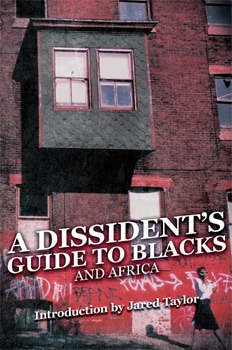For Many People in This Small Town, Deportations Can’t Come Soon Enough
Arian Campo-Flores, Wall Street Journal, December 21, 2024
Willard Everhart was incensed. After seeing this small town receive hundreds of migrants in recent years, he heard about a proposal to create an immigrant welcome center that he thought would bring even more. He joined other critics of the plan at a city council meeting in late March that drew hundreds of people, producing a line that snaked down the street.
Mayor Matt Nicholson opened the meeting by saying he wanted to clear up misinformation circulating online about the proposal—part of a broader economic-development agenda the city was considering—such as the notion that the center would be a magnet for more unauthorized migrants. The gathering quickly grew raucous, as residents who packed the room unleashed a torrent of criticism and at one point chanted, “Shut it down!”
{snip}
Seymour, which is still reeling from the March meeting and its aftermath, is one of many cities across the U.S. feeling the effects of a historic wave of immigration, where residents seeking to integrate migrants are clashing with others calling for them to be rooted out and sent home.
Such residents have complained for years that a flood of unauthorized migrants under the Biden administration strained schools, hospitals and housing. Now, with President-elect Donald Trump promising to conduct mass deportations and shut down illegal border crossings, the pro-crackdown forces are feeling emboldened. They are organizing opposition to illegal immigration online and in local government meetings and pushing for new legislation and action at the state level.
{snip}
Seymour, with a population of about 22,000, is a conservative town an hour’s drive south of Indianapolis, whose surrounding county, Jackson, voted 77% for Trump in the election and has backed Republicans in presidential elections for decades. It is the birthplace of singer John Mellencamp, who sang about his experiences growing up here in his 1985 hit “Small Town.”
{snip}
Seymour’s population was 26% Hispanic in 2020, compared with 5% in 2000 and less than 1% in 1990, according to Census Bureau data. New immigration cases filed for people in Jackson County—a proxy for migrant arrivals—jumped to 435 in the fiscal year ended in September, from 66 in 2021, according to the Transactional Records Access Clearinghouse at Syracuse University.
{snip}
Mayor Nicholson, 47, who once was executive director of a literacy agency that helped immigrants learn English, said the city was approached in 2022 by the Indiana Economic Development Corporation to participate in a study focused on small towns. {snip}
It resulted in a 68-page draft, with proposals like developing more housing, that Nicholson said he provided to the city council in September 2023 and posted online. He heard no adverse reaction for months, he said, until some residents got wind of the provision about the welcome center and set off a social-media outcry ahead of the March city council meeting. It proved to be the spark that ignited simmering frustration over illegal immigration.
At the meeting, speakers fumed about migrants allegedly failing to assimilate, committing crimes and crowding multiple families into small homes. Republican state Rep. Jim Lucas, who is from Seymour, said a downtown health clinic was overwhelmingly used by immigrants. He said data showed the school system’s English-learner population had soared in recent years {snip}
{snip}
Lucas said at the meeting that the city welcomed immigrants who arrive legally and are properly vetted. “However, Seymour has changed drastically in just the past few years, and many of us are obviously concerned about the direction we are headed,” he added.
The meeting concluded with council members passing a resolution opposing the economic-development agenda.
Tension deepened further. The following day, an immigrant with no driver’s license collided head on in Seymour with the vehicle of James Bradley Castner, 27, who later died.
In the aftermath, three residents—Jon Stahl, Mike Wright and Bob Beatty, who is now a council member—pledged to try to channel the anger into action. They created a Facebook page that documents alleged crimes committed by migrants and pushes authorities to respond. It now has more than 4,500 followers.
{snip}















